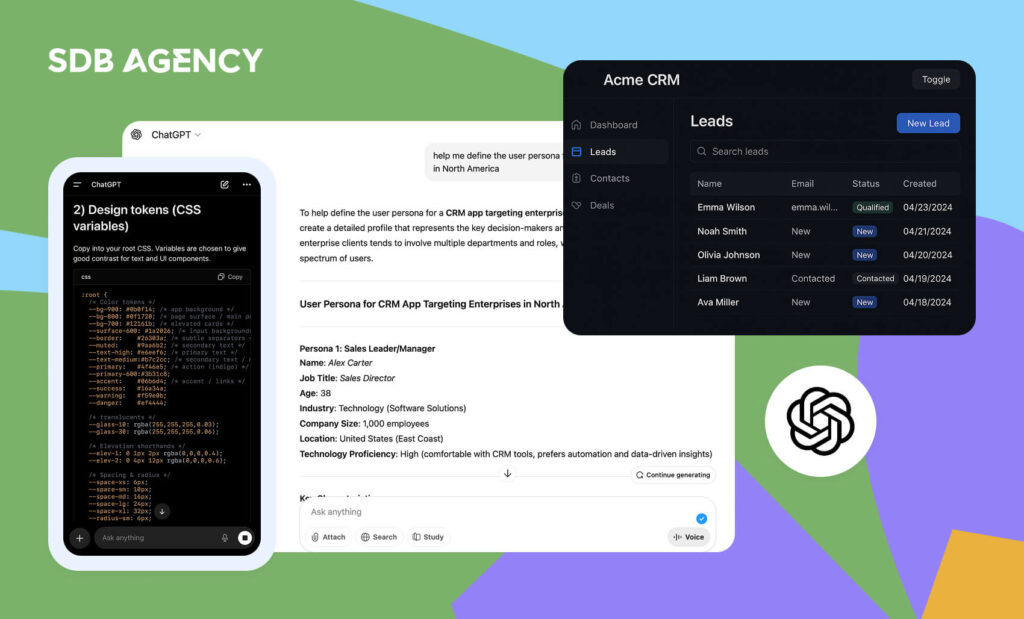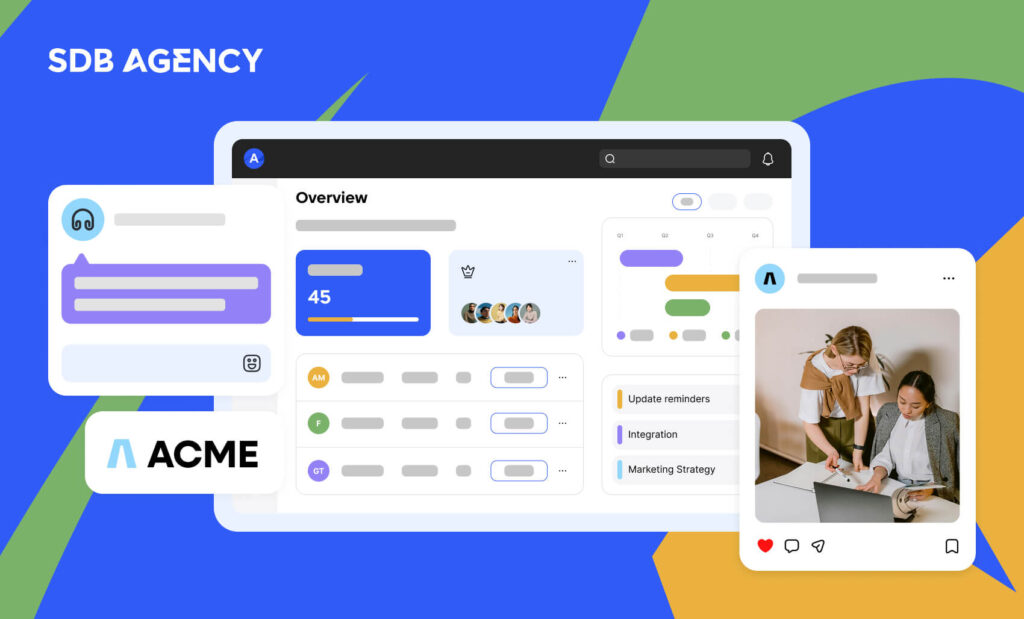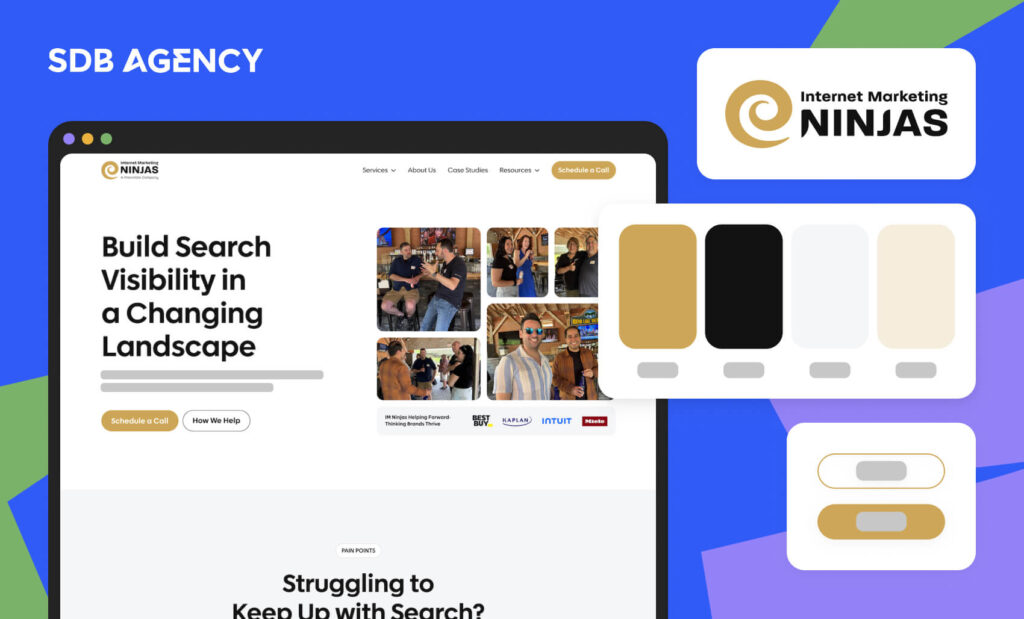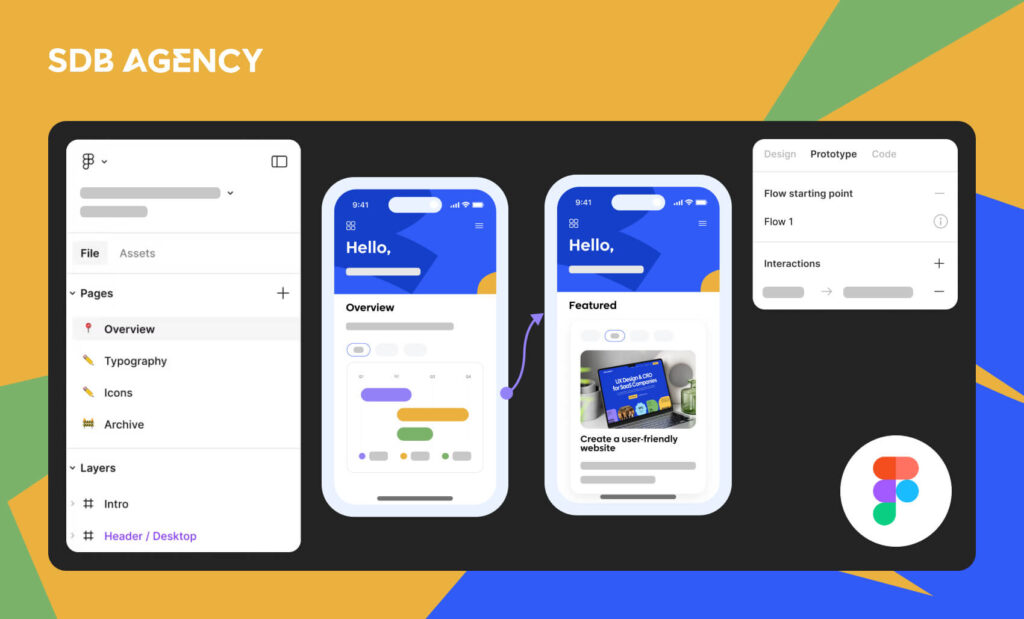How Redesigning a Website Can Affect Your SEO Efforts
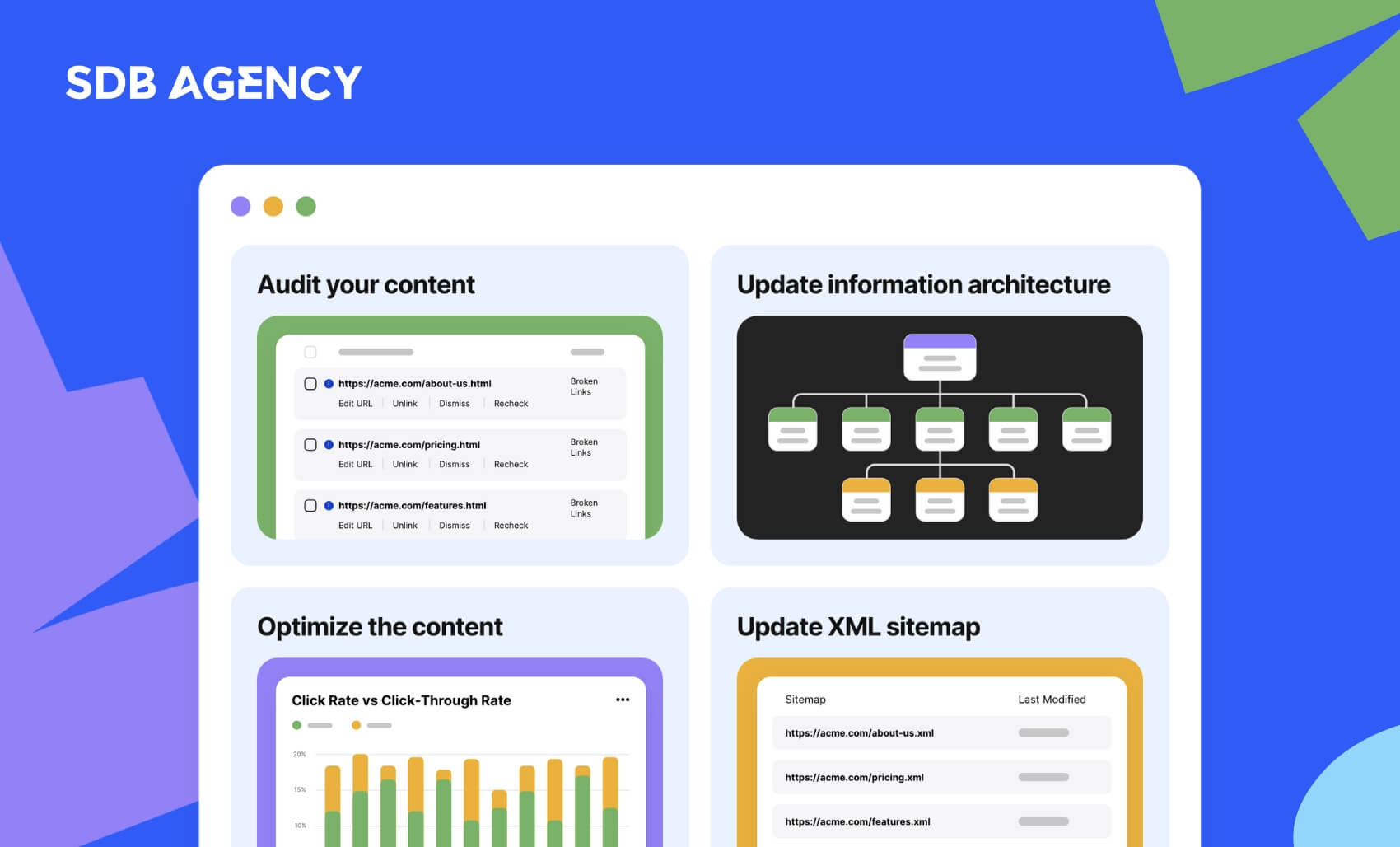
Key takeaways
- If your site isn’t meeting SEO goals, a redesign could boost traffic and conversions. Slow load times, poor navigation, and outdated branding are signs that your users and search engines aren’t impressed.
- A thorough content audit helps you identify high-performing pages worth keeping and outdated content that needs a refresh or removal.
- Clean, intuitive site structure improves both navigation and SEO, making it easier for users and search engines to find what matters most.
- Updating your sitemap ensures Google correctly indexes your redesigned site, preserving rankings and visibility.
Has your website been failing to meet your SEO goals? Perhaps it’s time for a website redesign. Conversions can massively improve following a website redesign and SEO campaign.
Even though website redesigns can be a significant investment of money and time, it’s a better option than watching your revenue bleed year after year due to poor website performance. When redesigning your site, avoid pitfalls that might severely impact your SEO, and our website redesign SEO checklist will help you with this.
Why do you need a website redesign?
Knowing when to redesign your site can be tricky, but one of the best ways to know the perfect time to make changes is to look at your visitor’s point of view. Imagine if it’s your first time visiting your site and ask yourself these questions:
- Do the pages load quickly?
- Does my website have on-point branding?
- Are the elements properly laid out and easy to navigate?
- Is my website conversion rate low?
- Am I losing customers to competitors?
- Are the pages mobile-friendly?
- Is it difficult to search for information?
Check out your competitor’s websites and see how yours stack up. If you think your site offers a decent experience in some areas but lacks a few elements in others, you should consider a website refresh. However, if many things hold you back, a complete website redesign might be necessary.
Consider these SEO elements before starting the website redesign
One of the biggest reasons visitors leave a site is slow loading times. Therefore, page speed directly affects your site’s SEO.
This is only one reason to keep track of as it may affect multiple factors during the website redesign SEO. Planning a redesign shouldn’t be taken lightly, but the rewards are great when things go as planned and vice versa.
What are the goals you’re looking to achieve from a website redesign? What realistic targets can you set? After coming up with your goals, you can start thinking about the timeline. Then, you’ll need the right team to bring your vision to life. This includes talented designers, content managers, and developers to ensure everything runs smoothly and maintain effective communication.
Remember to be realistic, as there are a lot of steps to consider during the website redesign SEO process.
4 essential steps for website redesign SEO
Now that you know why website redesign SEO is necessary, our four tips will help you stay organized throughout the process.
1. Audit your content
Content helps boost many websites’ organic presence. HubSpot revealed that 82% of marketers actively use content marketing, which has built the foundation for many successful businesses.
A website redesign SEO has the potential to level up your content efforts. However, you need to have a good idea of where your content is currently at. You can start by using tools like Screaming Frog or SiteBulb to pull data on URLs included on your site.
Then, tools like Ahrefs or SEMRush can be used to perform a complete content audit. This will help you determine your most important pages and find irrelevant pages that should be redirected or combined with other pages.
2. Update your information architecture
According to PR Newswire, over 60% of users leave a website because of poor navigation. Although website navigation and information architecture (IA) are different, they should inform how your site navigation is structured.
Information architecture organizes information on your sitemap, while navigation organizes your site.
For example, Let’s say that one of your best products is in a specific product category. If your visitors are interested in the product but have no idea what category it’s based on, they’ll need to navigate through a chunk of your product page before finally finding it, or worse, they’ll eventually leave the page before even looking for it.
It would be much easier if you placed the product on the Homepage or “featured product” lists.
Here are the steps for updating your information architecture:
- Create a map of your current structure (you can use a tool like Miro or Flowmapp).
- Do a competitor analysis and see how your competitors organize their sites.
- Use tools like Hotjar to see where visitors click and how they interact.
- Take notes of your site’s main categories.
- Write down subheadings based on your collected data.
- Write down the URLs for your kept pages and put them under subheadings.
- Create a new sitemap.
3. Optimize the content you’re keeping
After conducting a content audit, you should have an idea of the content worth keeping. After putting some time and effort into your audit, you’ll likely have a good idea of potential pages that could use improvements.
A website redesign is the perfect time to refresh old content and offer it a new life. This can even increase organic traffic by around 106%! Content decay is real; as new information gets published every day, competitors will invest in their content, making your pages irrelevant.
The click-through rate (CTR) for the top organic rankings drips off relatively quickly:
- 1st result: 34.2%
- 2nd result: 17.1%
- 3rd result: 11.4%
- 4th result: 8.1%
- 5th result: 7.4%
As you can see, dropping from the top rank may cut your organic traffic in half. This is why it’s crucial to optimize your existing pages. Here are ways to improve your existing pages:
- Use tools like Ahrefs to analyze your content’s performance.
- See what keywords your top-performing content is ranking for. You can add target keywords to headers and increase keyword density throughout the post to improve those rankings even more.
- Dig into your least-performing content and improve by rewriting or updating it with recent links, information, data points, interviews, and images or videos.
4. Update your XML sitemap
An XML sitemap is on the “technical” side of SEO, like your website blueprint. Google uses it to understand your content’s purpose, which is essential for good website redesign SEO.
You can do this manually by adding every URL in your new site to the map or using an SEO plugin like Yoast to generate one. It’s a simple but important step; if Google looks at an incorrect XML sitemap, its crawlers may completely ignore your site (Google’s John Mueller confirmed this).
Wrapping it up
By risking your established SEO efforts, you may wonder whether redesigning your website is worthwhile. Your ultimate goal should be to have a new website that is user-friendly and matches your business’ identity and goals. Your site may only need some minor tweaks to meet all of those criteria, while others may require a complete website rebuild from the ground up to meet their SEO goals.
Redesigning your site with SEO in mind can help you attain rankings you thought were impossible to achieve. Google keeps updating its algorithm, ensuring that no website stays the same in search results.

